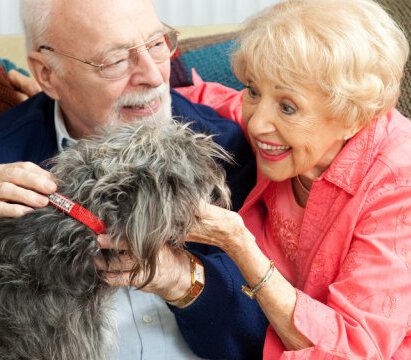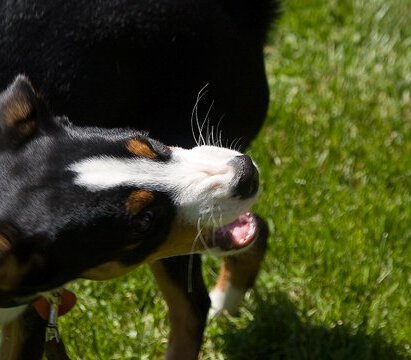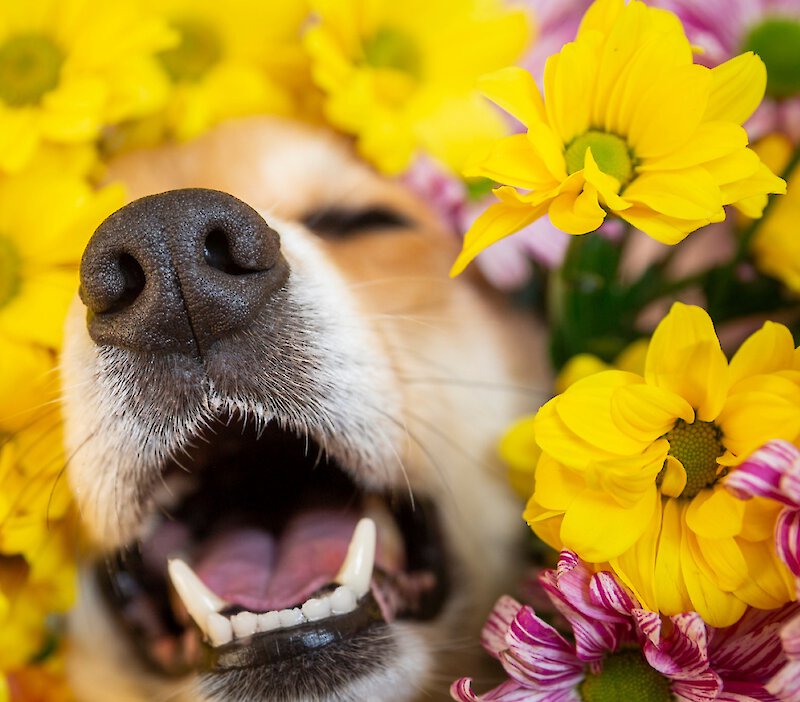Choose the right crate for your dog
A crate should be only large enough for your dog to stand up and turn around. Any larger and you may find your dog toileting in a corner where he does not sleep. For puppies that will grow into larger dogs, partition the crate so his space feels snug yet you can enlarge it as he grows. To make if feel safe and secure, it needs to be dark and covered. A plastic-moulded crate is best as it is sturdy and light and tends to feel more enveloping, like an underground den. If you have a wire crate, cover it with a blanket to give it that cozy, safe feeling—just ensure that your pup doesn’t try to pull at and chew the cover.
Location is Key
The crate should be in a quiet, calm space out of high traffic or open areas. An office, spare room, or corner of a quiet living area is a better location than a kitchen or hallway next to a door. Avoid putting it in direct sunlight or under big windows or skylights.
The best way to introduce a crate
Initially, leave the crate door open until your dog starts to trust his new environment. Put a bed, toys, and food inside to make it more enticing and enjoyable. Allow your dog to go in and out to have as many positive experiences with his new den as possible.
Begin shutting the door while he’s enjoying some food or a toy and at night to sleep. For young puppies, ensure they are allowed out for toileting purposes as they have yet to develop the sphincter control they need to spend all night in their crate. To approximate how long before your puppy may need to toilet, use an hour per month of age. For instance, an 8 week old puppy will need to get out at least every 2 hours whereas an 8 month old pup may last up to 8 hours. Keep a journal of your pup’s toileting habits so you can predict when he may need to go out. Don’t allow his whining or barking dictate when he comes out. Let him out only when he is calm and relaxed.
Begin to put him into his crate at various times while you are home so he doesn’t associate it only with you leaving the house. Use a word like “bed”, said in a light tone, as you lead him to his crate. Praise him for going in.





